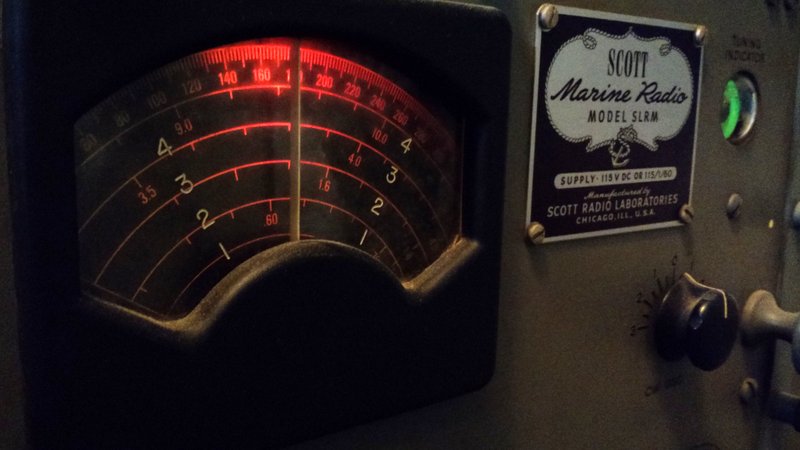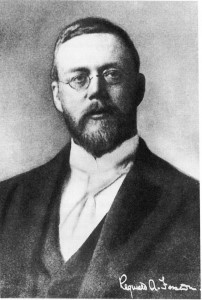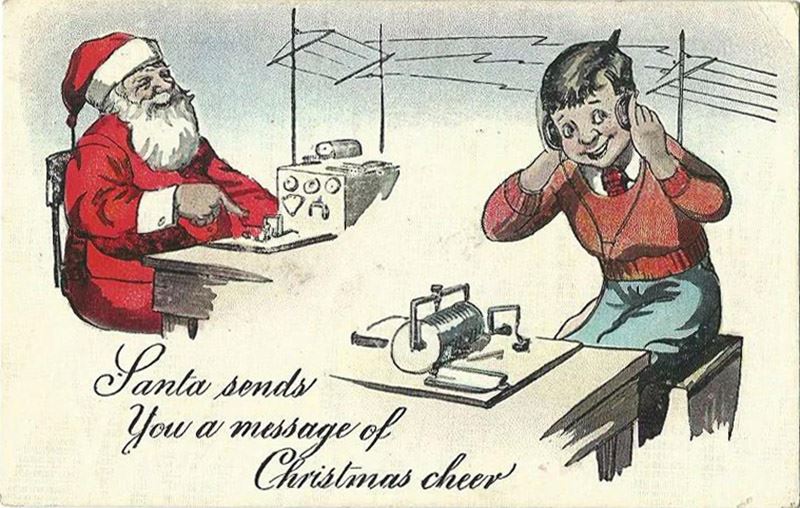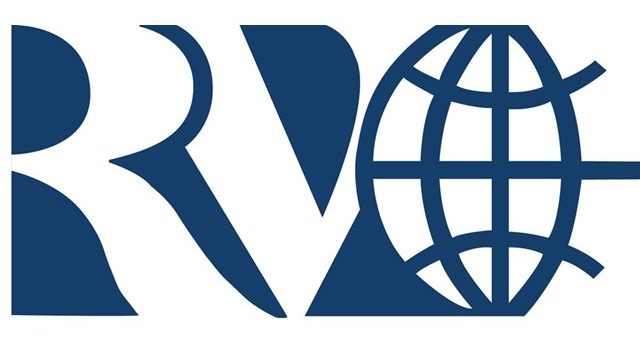(Source: BBG Watch via Dan Robinson)
President Barack Obama has signed into law S. 2943, the “National Defense Authorization Act for Fiscal Year 2017,” which includes a provision to reduce the Broadcasting Board of Governors’ (BBG) governing board to an advisory status while making the BBG CEO position subject to a future nomination by the president and vetting and confirmation by the U.S. Senate.
While signing the legislation into law, President Obama expressed reservations about several of the 2017 NDAA provisions dealing with the U.S. Department of Defense. President Obama also had some reservations about the amendment dealing with the BBG, but they are not likely to have any practical effect during the waning days of his presidency.
[…]PRESIDENT OBAMA: “My Administration strongly supports the bill’s structural reform of the Broadcasting Board of Governors (BBG), which streamlines BBG operations and reduces inefficiencies, while retaining the longstanding statutory firewall, protecting against interference with and maintaining the professional independence of the agency’s journalists and broadcasters and thus their credibility as sources of independent news and information. Section 1288 would elevate the current Chief Executive Officer of the Broadcasting Board of Governors to the head of the agency and reduce the current members of the Board, unless on expired terms, from serving as the collective head of the agency to serving as advisors to the Chief Executive Officer. While my Administration supports the empowerment of a Chief Executive Officer with the authority to carry out the BBG’s important functions, the manner of transition prescribed by section 1288 raises constitutional concerns related to my appointments and removal authority. My Administration will devise a plan to treat this provision in a manner that mitigates the constitutional concerns while adhering closely to the Congress’s intent.”[…]







